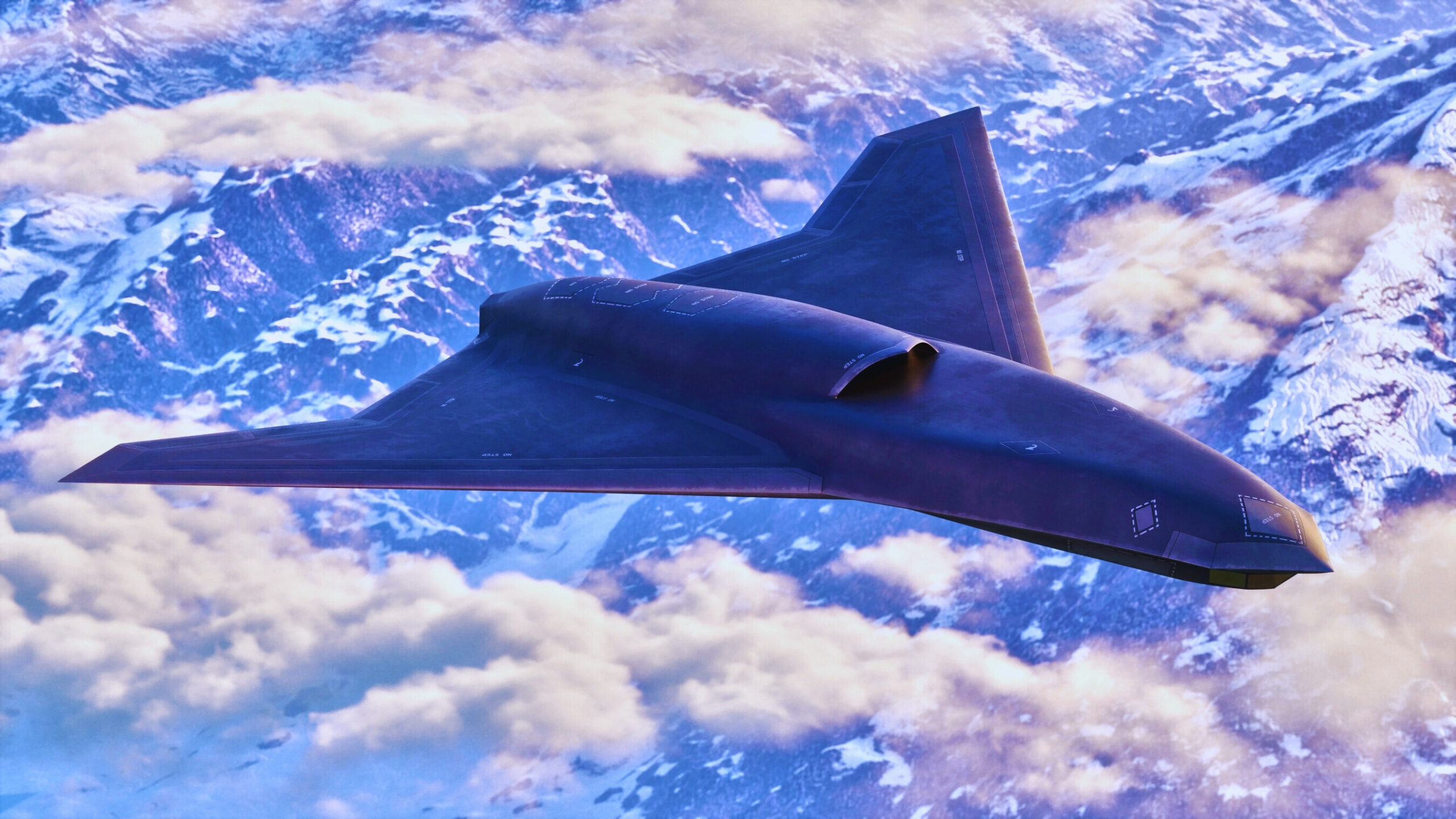Lockheed Martin has unveiled Vectis, a next-generation collaborative combat aircraft (CCA) designed to deliver unmatched survivability and mission flexibility. Developed by the company’s Skunk Works division, Vectis represents a bold step toward redefining air dominance for the United States and allied militaries.
What is Lockheed Martin Vectis?
Vectis is a Group 5 collaborative combat aircraft, engineered to operate alongside advanced fighter jets such as the F-35 Lightning II and other next-generation aircraft. Unlike traditional drones, Vectis is built on a customizable and agile framework that allows it to adapt quickly to evolving missions.
Lockheed Martin highlights three core strengths:
- Seamless integration: Vectis works with current and future aircraft to support the U.S. Air Force’s Family of Systems vision. Its compatibility with Lockheed Martin’s common control systems ensures smooth command and control operations. (See related air dominance innovations).
- Mission versatility: The aircraft can perform multiple roles, including precision strike, electronic warfare, intelligence, surveillance, reconnaissance (ISR), and offensive or defensive air missions.
- Extended range: Its endurance allows it to operate across large theaters, from the Indo-Pacific to Europe and Central Command regions.
Survivability and Affordability
Skunk Works has decades of experience in stealth design, and that expertise is central to Vectis. The platform uses advanced materials, shaping, and stealth techniques to deliver best-in-class survivability.
At the same time, Lockheed Martin aims to keep costs competitive. By applying digital engineering and advanced manufacturing methods, the company plans to offer Vectis at a price point that aligns with the U.S. Department of Defense’s affordability goals for CCAs. Learn more about cost strategies in defense programs on Defense News.
Development Timeline
Development is already underway. Parts have been ordered, teams are in place, and testing is expected soon. Lockheed Martin has set an ambitious goal: to design, build, and fly Vectis within just two years.
Why It Matters
Vectis represents more than a new drone — it reflects the future of air power. By blending survivability, mission flexibility, and affordability, Lockheed Martin is positioning Vectis as a cornerstone of next-generation combat strategies.
For more details, see Lockheed Martin’s official newsroom, in-depth analysis from Defense News, and coverage by Air Force Technology.
















